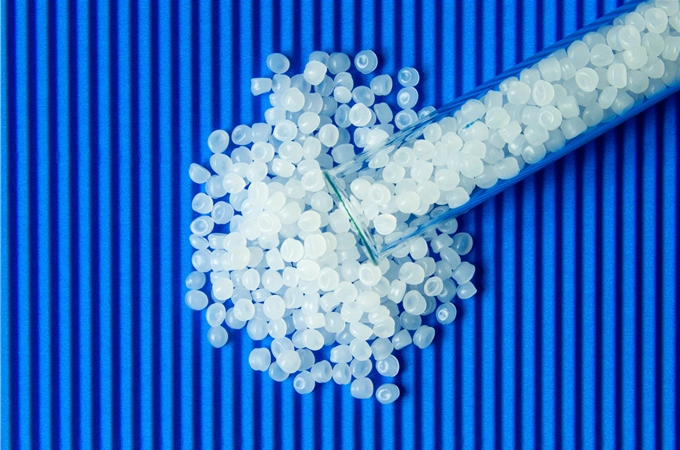Ⅰ. What is a silane coupling agent?
Silane coupling agents are mainly used in glass fiber reinforced plastics. The molecular structural formula of the silane coupling agent is generally: Y-R-Si(OR)3 (in the formula, Y is an organic functional group, and SiOR is a siloxyl group).
Siloxy groups are reactive with inorganic substances, and organic functional groups are reactive or compatible with organic substances. Therefore, when the silane coupling agent is interposed between the inorganic and organic interfaces, a bonding layer of organic matrix-silane coupling agent-inorganic matrix can be formed. Typical silane coupling agents include SiSiB PC6120 (vinyltriethoxysilane), SiSiB PC6110 (vinyltrimethoxysilane), SiSiB PC6130 (vinyltris(β-methoxyethoxy)silane) and the like.
Ⅱ. The use of silane coupling agents can be roughly summarized into three aspects:
1. Appearance treatment
It can improve the bonding function of glass fiber and resin, greatly improve the strength, electrical, water resistance, weather resistance and other properties of glass fiber reinforced composite materials. Even in wet state, it has a very significant effect on the improvement of mechanical properties of composite materials.
The use of silane coupling agents in glass fibers has been widely used, and the silane coupling agents used in this aspect account for about 50% of the total consumption. Among them, the most used varieties are vinyl silane, amino silane, methyl silane acryloyloxysilane, etc.
2. Filled with plastic
The filler can be pre-treated on the surface or directly added to the resin. It can improve the dispersion and adhesion of fillers in resins, improve the compatibility between inorganic fillers and resins, improve process performance and improve the mechanical, electrical and weather resistance of filled plastics (including rubber).
3. Used as a tackifier for sealants, adhesives and coatings
It can impraove their bonding strength, water resistance, weather resistance and other functions. Silane coupling agents can often solve the problem that some materials cannot be bonded for a long time.
The effect of silane coupling agent as a tackifier is that it has two groups: one group can be combined with the skeleton material to be bonded; the other group can be combined with the polymer material or adhesive, so as to form a strong chemical bond at the bonding interface, which greatly enhances the bonding strength.
There are generally three ways to use the silane coupling agent: one is as a surface treatment agent for the skeleton material; the second is to add it to the adhesive; the third is to directly add it to the polymer material. From the perspective of giving full play to its effectiveness and reducing costs, the first two methods are better.
 English
English 日本語
日本語 한국어
한국어 français
français Deutsch
Deutsch Español
Español italiano
italiano русский
русский português
português العربية
العربية tiếng việt
tiếng việt


